History of Metal Detectors
History of Metal Detectors
Metal Detectors , If you are thinking about joining the hobby of metal detecting, or even if you have already been enjoying the hobby for quite some time, you have probably wondered about the history of metal detecting at one point or another. You have most likely seen pictures of the older analog detectors used in the 70’s and 80’s. Perhaps wondering how such heavy monsters were ever wielded. The lightweight digital detectors of today being true advancements in ergonomics and technology.
Back in the mid 1800s, after the invention of electricity, many scientists, scholars, and gold miners began experimenting with the idea of developing a machine that could locate metal buried underground. A device like this would be incredibly useful to the many prospectors still looking for gold after the “Gold Rush” and, as a result, could make the first person to perfect a metal detector very, very rich.
The first metal detector mentioned in history, however, actually has nothing to do with finding gold. Instead, it was used in an attempt to save USA President James Garfield after he was shot in Washington, D.C. on July 2, 1881, he had been shot in the back, but, luckily, the wound did not kill him. Unfortunately though, doctors couldn’t locate the bullet and he continued to suffer.
One of his visitors during that time, Alexander Graham Bell, built a metal detector specifically to try to help find this bullet, but, sadly, his attempts were unsuccessful. It turns out the metal springs in the bed President Garfield was lying on confused the machine and rendered it essentially useless. the President finally died of infection from his wound September 19, 1881.
However, that was not the first attempt to make a metal detector , It was in 1874 that inventor Gustave Pierre Trouvé from Paris built the first prototype metal detector. This information eventually made its way Mr. Bell who then made his own device (most likely induction balance type). Their reasons were the same however, to locate bullets and metal fragments from injured patients. Mr. Trouvé’s detector also doubled as a way to find ore pockets for miners, making the first metal detector a true multi-purpose device.
It was not until roughly four decades later that metal detecting would take a huge leap forward in the 1920’s. German immigrant and inventor Gerhard Fischer was granted the first US patent for a metal detector in 1925, based off of radio direction finding. He shared the idea with Albert Einstein who was so impressed, that he predicted the world wide use of metal detectors after seeing Fischer’s idea.
It was in the early 1970’s when a major boom to the hobby happened. The introduction of the VLF (very low frequency) metal detector. They are very sensitive to small objects like gold nuggets – and can reach depths of 10 inches on a coin sized object. Most also have good discrimination circuits that can eliminate iron, foil, and many unwanted “trash” objects. This VLF technology is what 90% of all detectors sold today still use under the hood – and the basic principles driving them have not changed much since their inception. If you buy a “general purpose” or even a dedicated “gold prospecting” metal detector today, there is a very high chance it is VLF technology. There is also a very good chance it was created by Dave Johnson – engineer at First Texas products.
A fast forwarded to 2018 and metal detecting is more popular than it has ever been. TV shows and documentaries about finding hidden treasure and piles of gold have created yet another boom in the hobby. People are buying detectors every single day with the hopes of finding that retirement type find. Large gold nuggets – rare key date coins – priceless relics – gold and silver rings covered in diamonds. No, there are no diamond detectors.
Many of the new hobbyists get slapped in the face with a quick realization – metal detecting is not easy. Gold prospecting is one of the hardest types of detecting there is. Usually in hot climates – rocky and thorn riddled environments – snakes and wild animals abound.
It takes dedication and hard work to have fun in this hobby – yet alone succeed. Many find it easy to enjoy. The thrill of the hunt pushing them forward. Willing to dig 500 pull-tabs in an effort to find their next gold ring. While others sell their brand new gold detector after the first day of not finding anything but bullets and iron scraps. Thankfully, many metal detectors come with the above mentioned discrimination circuit. We can eliminate the bad stuff while still finding the good.

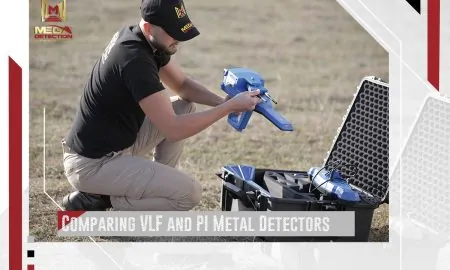
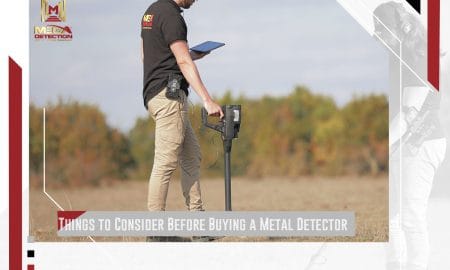
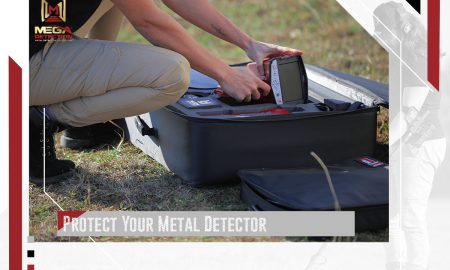
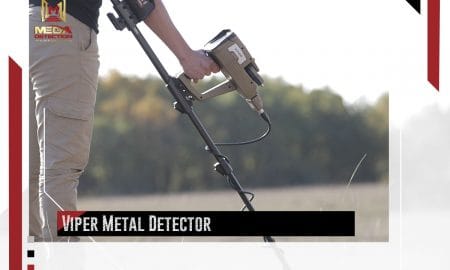
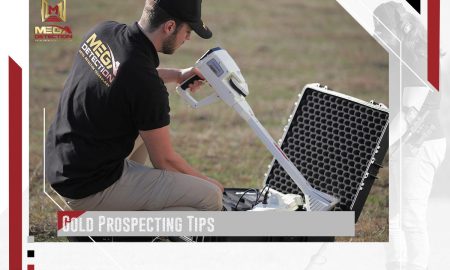



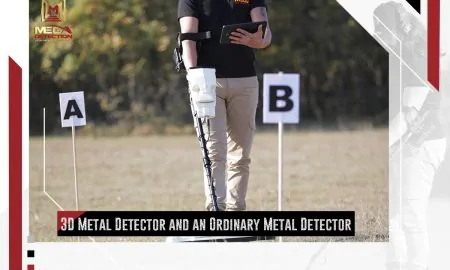
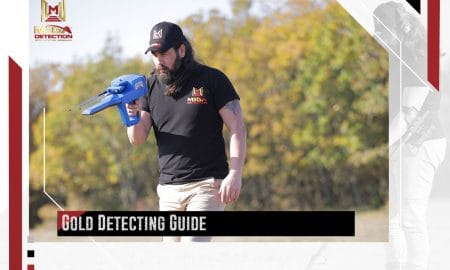
Leave a Reply